I’m sure you have already heard the notion of dual-booting Ubuntu with Windows. Many Ubuntu users who have to work on both platforms, sometimes require to have more than one Operating System installed inside the same machine. But that is for PC and Laptops, what about the Android devices? No worries, if you have an updated Android smart device, you can install the Ubuntu Touch alongside the Android operating system. Ubuntu Touch is the adapted variant of the Ubuntu operating system for Android smartphones.
Ubuntu Touch on Android Device
We all know that Android devices are originally build based on the Linux Kernel. So, it won’t be though to install the Ubuntu Touch on the mid to high range Android devices. There is a list available on the UBports official website, they have enlisted all the Android devices that are capable of installing the Ubuntu Touch OS. You can check whether your Android smart device is listed or not. In this post, we are going to see how to install the Ubuntu Touch OS on Android devices and use it as a dual boot alongside the Android operating system.
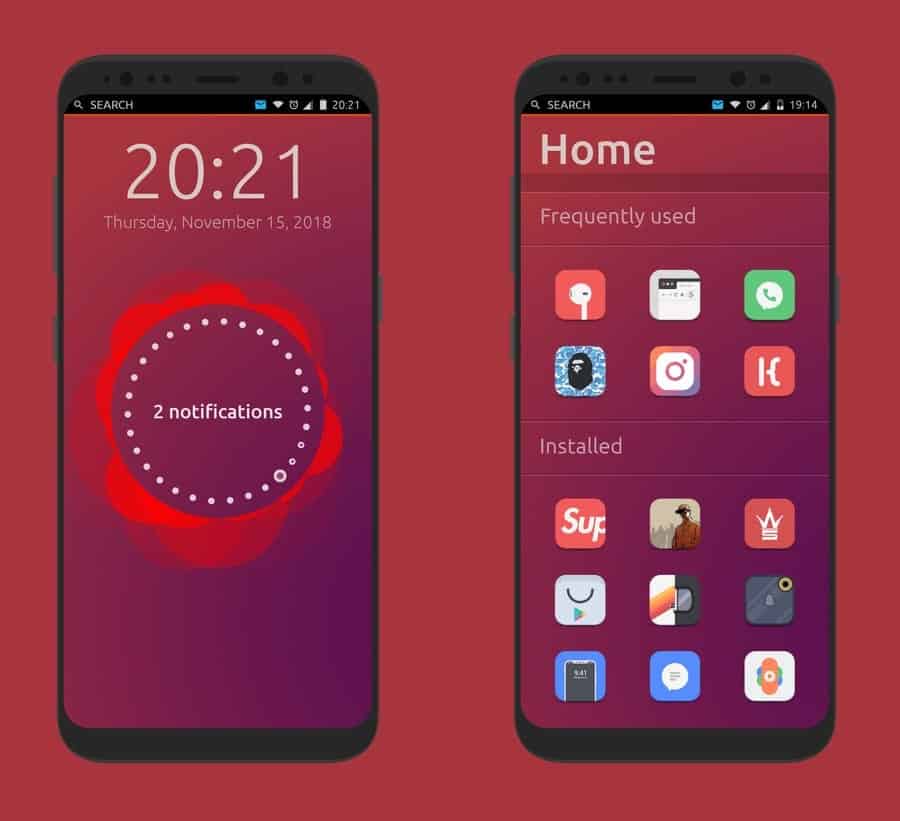
Step 1: Download the UBports Installer to Grab the Ubuntu Touch
There is an installer file developed by the UBports community is available on GitHub, that can be installed on your Ubuntu desktop or Windows or, even Macbook devices. The UBports installer will be used for flashing the Android devices with Ubuntu Touch. You have to enable the USB developer mood from your android device, then connect the phone with your computer through the USB cable. If your device can’t get connected with the UBports, you may need to enable the Android developer option under the Settings > Developer options.
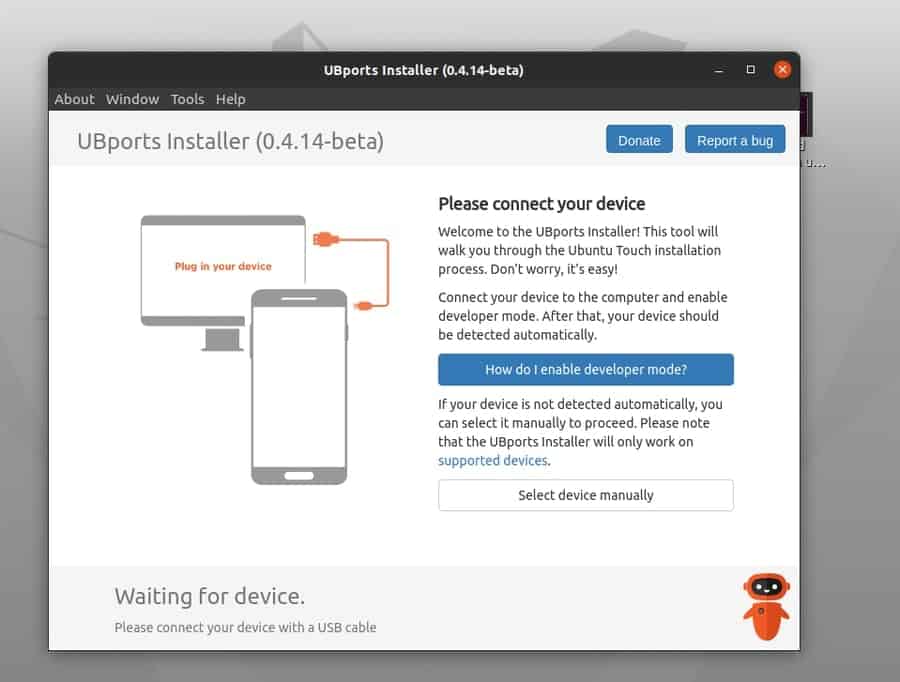
Once you have connected the USB cable, the UBports would automatically recognize your device. If it can’t find your device, you can manually select the name and model of your Android device from the UBports dropdown menu.
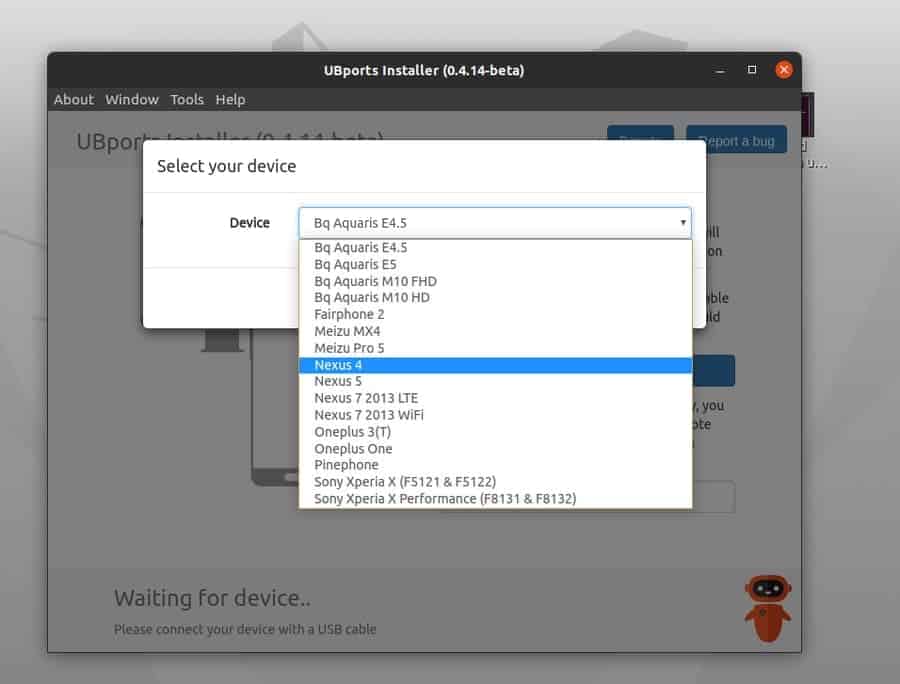
Some Android devices might ask for the root permission to initialize the flashing process. In that case, you need to root your Android device to get the root privileges. Be careful and mindful while you root your Android device. You may lose the warranty support of your Android by rooting the device. Also, rooting with the wrong image file can brick your Android, so root your phone at your own risk with proper knowledge.
Step 2: Getting Ready to Install the Ubuntu Touch
After getting your Android phone connected with the UBports, now you can select which Ubuntu version you want to install inside your device. You will find all the stable versions of Ubuntu Touch that are available to be installed inside your Android device. You can also choose whether you want to wipe your device’s memory and storage or not.
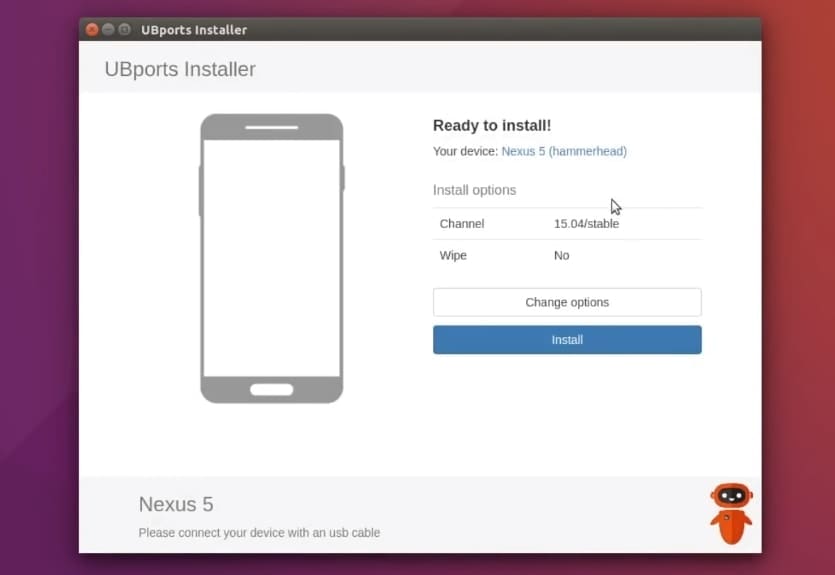
After choosing the Ubuntu version and other settings, you may now proceed by clicking the Install button. This will initialize the process of installing the Ubuntu Touch OS. After you see the process is started, you have to press the Power button and the Volume Up/Down button at a time to enter into the Android recovery mood. There you will see Ubuntu Touch is being injected inside your Android device.
Step 3: Get Introduced with Ubuntu Touch Software Store
You might be thinking if you get the Ubuntu Touch installed on your Android device, will you get all the necessary apps that you need in your day to day use? Well, the answer is yes! Ubuntu Touch has a huge and vast AppStore for your mobile devices. In the software store, you will find almost every software that you might need to install inside your Ubuntu Touch.
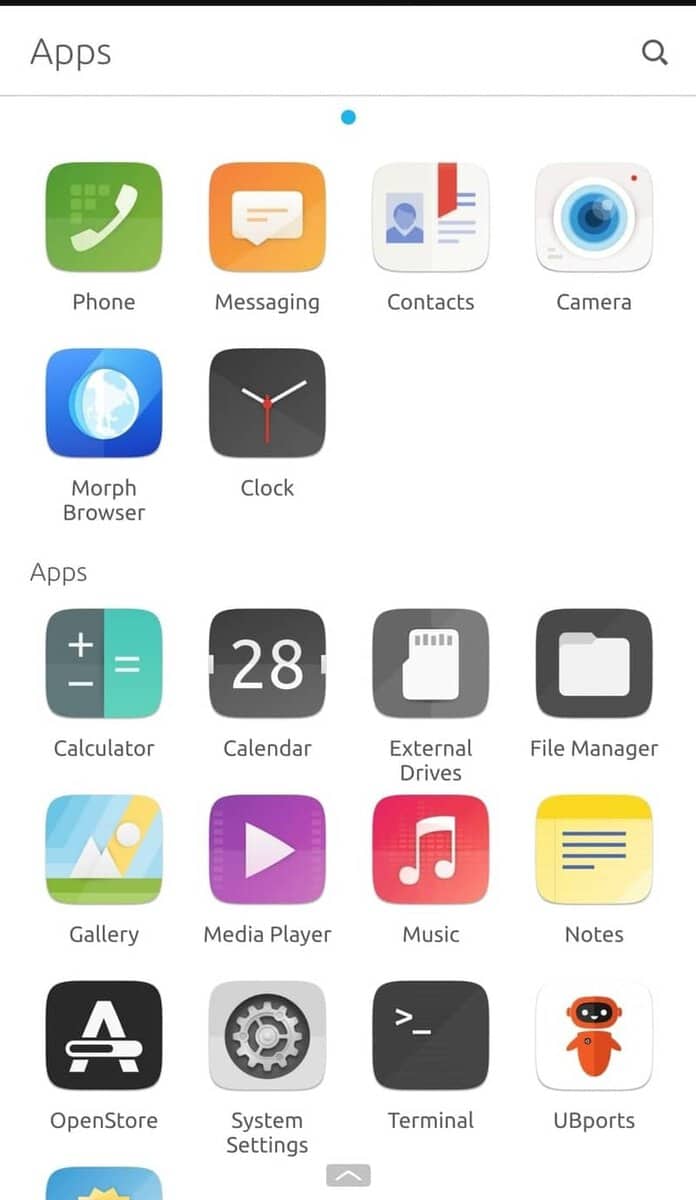
Step 4: Dual Booting Ubuntu Touch with Android
On Android, the normal booting configurations are stored inside the system recovery directory. To enable the dual boot option, you need to edit the booting bash file. Here I’m going to download a dual-booting bash file for my Android device. You can use any of your favorite bash editors to enable dual-booting.
Keep your Android device connected with your computer, leave the settings of USB debugging as it was before. Now, open the terminal from your Ubuntu Linux machine and use the following bash commands to update your booting options.
Before you start editing your booting scripts, make sure you have downloaded the correct dual boot bash file for your device. Replacing the wrong boot script would damage your device. Here, I am using the Nexus 4 Android device, so I’m going to download the boot bash file for my device. You have to find the booting script file for your device.
chmod +x dualboot.sh dualboot.sh update dualboot.sh full dualboot.sh channel $CHANNEL dualboot.sh channel $CHANNEL
If you want to remove or delete the Ubuntu Touch from your Android device, you can use the dual boot application settings that you have just installed inside your device to wipe the Ubuntu Touch.
Final Thoughts
You may ask, why would you install the Ubuntu Touch inside your Android while you already have the Android system installed inside the device. The answer is very clear, installing a new Operating System to any device is not obligatory, rather it’s freedom. In this post, I have tried to clarify the concept of installing the Ubuntu Touch inside an Android device with a brief explanation.
If you find this post useful and handy, please share this post on your social media. You can also ask anything related to this post and write down your opinions in the comment section.
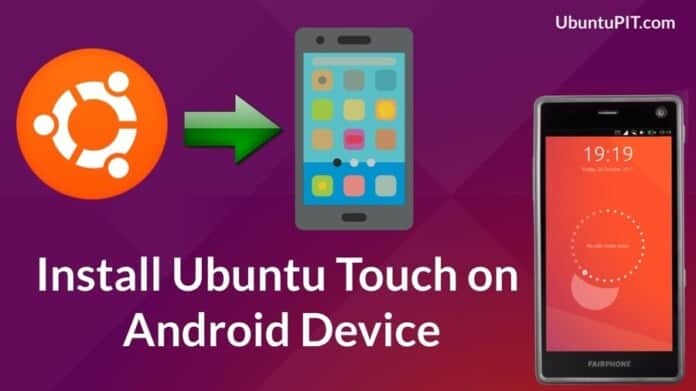
what if my android device is not listed,
I have Samsung Galaxy S6 as a spare device at my home, but the list on the official website shows only S5 & S7, I don’t know why they didn’t enlist the Galaxy S6.
Please answer,
Thanks
Hello how are you? Everything is very nicely explained and relatively everything is clear to me now that I would like to do a clean installation on my device, that is, a rain installation like on a computer, for example. Does this also apply when it is something like that or is it different? I have a Samsung Galaxy A70 and I would love to install Ubuntu Touch Elementary School on it but I would love it to be a clean install and not Upadate. Can you tell me more about that?